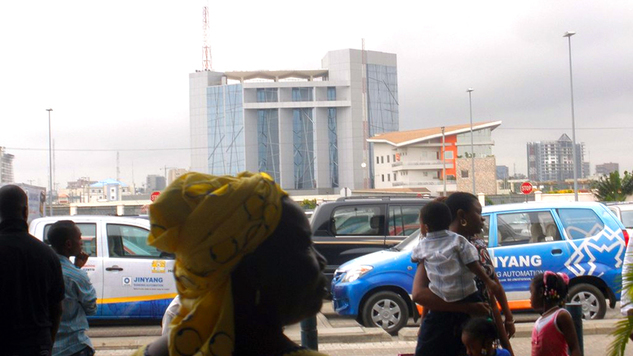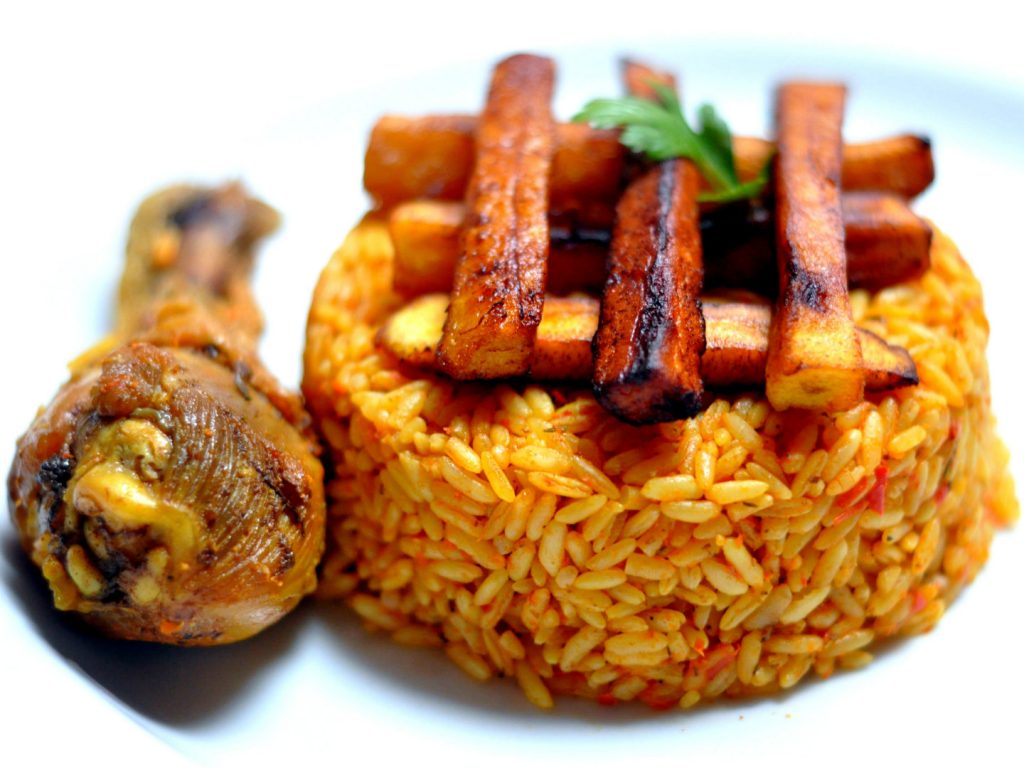
Lagos: As cities grow, they affect the food we eat, and some traditional African foods are losing out. (Photo/Crashburnd/Flickr).
RICE is fast becoming West Africa’s preferred food. After four decades of importing the staple, the region now aims to grow enough rice to meet domestic demand.
Rice harvests in West Africa will probably reach an all-time high of 14.9 million metric tons this year, up from 14.6 million tons last year, when Senegal and Ghana produced record crops, according to the United Nations Food and Agriculture Organisation.
Mali’s crop is forecast to expand about 8%, while output in several countries including Ivory Coast and Sierra Leone has climbed every year since 2011, the organisation said. West African governments began investing in rice farming in the wake of the 2008 food crisis, when a worldwide spike in prices for food items triggered violent protests in cities in Ivory Coast, Cameroon and Burkina Faso, Concepcion Calpe, an economist at the FAO, said by phone from Rome.
“We saw a big surge in imports and at the same time in production, because there was this much higher price in the international market,” Calpe said. “The fear that the food crisis provoked led a lot of West African countries to invest heavily in production.” They’re trying to meet a growing appetite for rice that’s coming at the expense of traditional staples such as cassava and corn.
West Africa has been dependent on rice imports from Asia since 1975, when consumption by a fast-growing population began to outpace production. Today, as incomes rise and African cities swell, more and more people eat rice because it’s easy to store and easy to prepare, according to Yacouba Dembele, head the National Office for Rice Development in Ivory Coast.
City life
“Rice is tailored to city life,” Dembele said in an interview in the commercial capital, Abidjan. “It’s become an urban food.”
Consumption in West Africa is forecast to rise to 53 kilogrammes (116.6 pounds) per person per year by 2025, from 44 kilogrammes in 2011, according to the Washington-based International Food Policy Research Institute.
In 1990, West Africans consumed on average 32 kilogrammes of rice per person. There’s of course a variety of consumption patterns: in some countries, including Mali, local rice is more popular, while the Senegalese prefer imported rice, according to AfricaRice, an Abidjan-based international research institute.
Senegalese President Macky Sall said in an interview last month that governments should consider boosting rice farming because it’s become a “strategic food” since China began importing the staple.
Sall has repeatedly pledged to make Senegal self-sufficient in rice by 2017, a plan that has been criticised by the opposition as unfeasible.
He’s not alone in his ambition. Ivory Coast President Alassane Ouattara wants his country to be self-sufficient in rice by 2017. Nigeria’s Muhammadu Buhari has set 2018 as a target for West Africa’s biggest producer and importer of the staple to end inward shipments.
Mali, Guinea and Sierra Leone are already near self-sufficiency, with Mali’s rice harvest covering 91 percent of domestic demand, according to AfricaRice. Nigeria’s central bank reserved $200 million last year to provide low-interest loans to rice and wheat farmers as part of a government campaign to boost agriculture and reduce food imports, which weigh heavily on the local currency.
Among large-scale rice buyers and processors is a local unit of Olam International Ltd. More than half of local demand of about six million tons is currently supplied by imports in the nation of 180 million people.
Irrigation systems
Ivory Coast has attracted foreign investors including Louis Dreyfus Commodities LLC to boost its rice processing capacity, which was working at a maximum last year. The government is building 100 small-scale plants nationwide, while it’s already invested in irrigation systems, seeds and fertilisers.
About $1 billion in investment will be needed to become self-sufficient, money that’s largely to come from the private sector, according to Dembele, the head of the nation’s rice office. The country, which doubled output between 2010 and 2014, has an “extraordinary potential” to grow rice because of its wet and warm climate, he said.
Senegal, which still imported three-quarters of demand in 2014, imposed quotas on rice importers last year and banned the export of locally grown rice, according to the U.S. Department of Agriculture.
The government is also helping farmers increase yields on existing farms. Official data indicate that Senegal’s rice crop jumped 62% between 2014 and 2015, reaching a record 906,000 tons. The plan is to produce 1.6 million tons by 2017.
‘Political implications’
Senegal’s import restrictions were followed by similar rules in Cameroon, which re-instated import tariffs for rice earlier this year, and Nigeria, which banned rice shipments through its land borders, according to the FAO.
With leaders labeling self-sufficiency in rice a key policy issue, the staple has become political, which means some official production data may be unreliable, said Calpe of the FAO.
“A lot of statistics have political implications,” she said. “Not all are backed by strong evidence.”
But back in Abidjan, Dembele said that Ivory Coast, already the world’s largest cocoa grower, is on track to start exporting rice as early as 2019. “In Asia, rice production can’t expand much more,” he said. “Africa still has that potential.”
-Bloomberg

